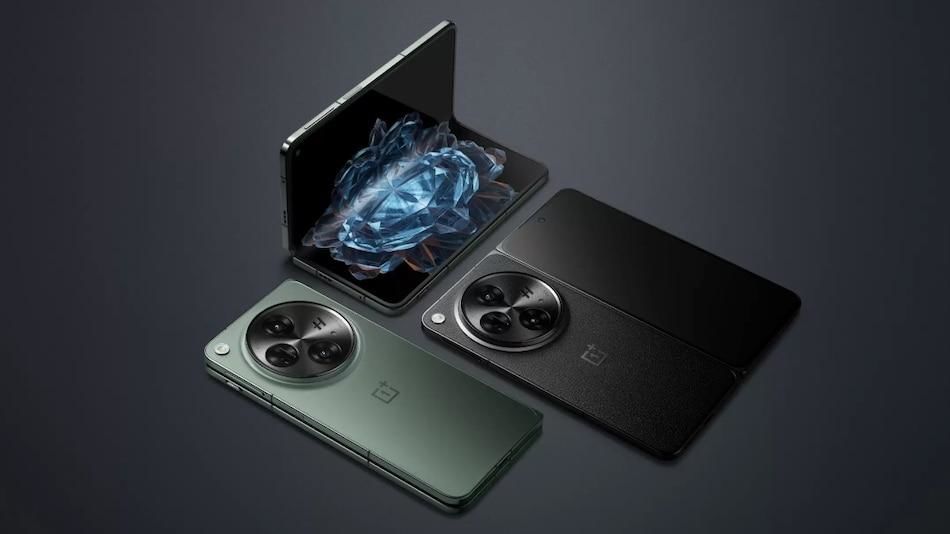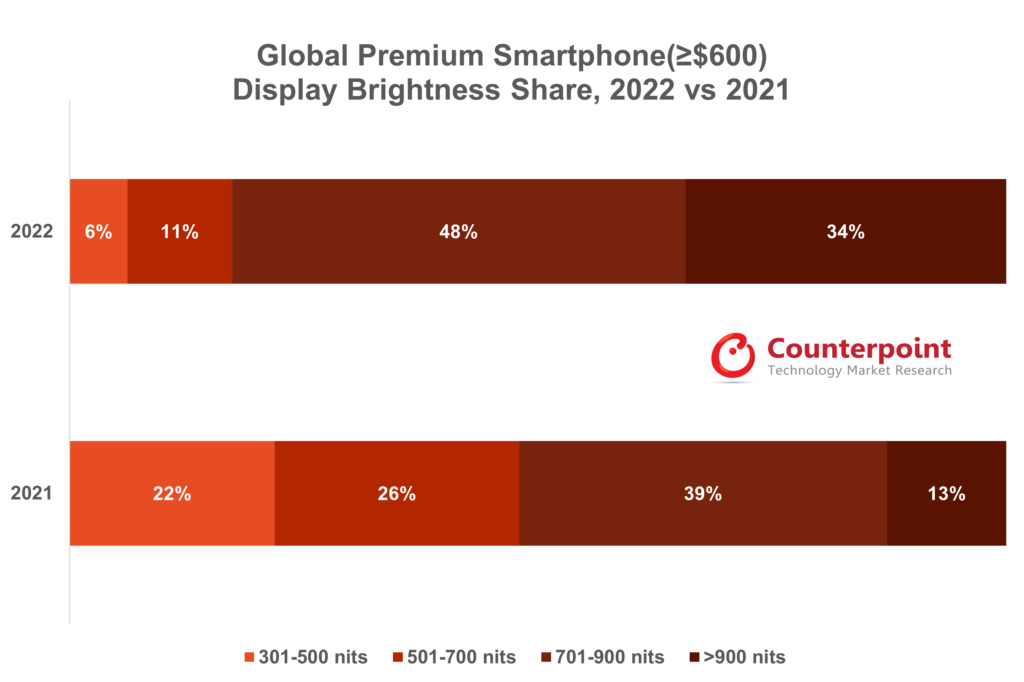
Smartphones are getting brighter: display brightness has reached 3000 nits
In 2022, more than a third of premium smartphones (over $600) used screens with a brightness of more than 900 nits. This is a 171% jump compared to 2021. However, the brightness increase continued, and in 2023, smartphones reached 3000 nits, which is exactly the screen that the new OnePlus will have.
This display will also reportedly support 1440p resolution and PWM brightness control at 2160 Hz (your eyes will thank you).
The news of the new screen became known from the company’s post on the Chinese social platform Weibo. OnePlus invites people to witness a “historic moment for Chinese displays”. The company, in cooperation with BOE, introduced a display with a brightness of 3000 nits.
In comparison, the Pixel 8 Pro has one of the brightest displays, but its brightness reaches only 2400 nits. The iPhone 15 can overclock the brightness of its screens to 2000 nits.
The closest thing to this 3000-nit display is the OnePlus Open. OnePlus claims that Open is capable of reaching 2800 nits on both the internal and external screens. But this is still 200 nits less than a new screen.
However, do not forget that such peak brightness values are achieved with an asterisk. Peak values are reached in a small area of the screen for a short time. The average maximum brightness of the entire display is less than the declared peak figure.
Display brightness can be divided into two main categories – typical brightness and maximum brightness. Typical brightness refers to the brightness level when using your smartphone in a general environment, such as indoors, while peak brightness refers to the brightness level when using your smartphone in an extremely bright environment, such as outdoors. The brightness of smartphone displays is becoming increasingly important to users and potential buyers due to the increased consumption of content on the device. As a result, the competition between smartphone OEMs for display brightness quality is becoming more intense.
In 2022, more than a third of premium smartphones (over $600) used brightness above 900 nits. That’s a 171% jump from last year, driven not only by Apple’s steady sales, but also by the increased use of this brightness range by Chinese OEMs trying to bolster their premium lines, such as vivo, OPPO, and Xiaomi.

This trend is gradually spreading to low- and mid-range smartphones. For example, Samsung not only significantly increased the brightness level above 700 nits in its premium smartphones, but also reduced the share of brightness below 450 nits in its low-cost smartphones by about 20% in 2022. More than 90% of low-cost Samsung smartphones had brightness below 450 nits in 2021. As a result of these changes, the share of over 700 nits in Samsung’s portfolio increased by 13% year-on-year in 2022.

